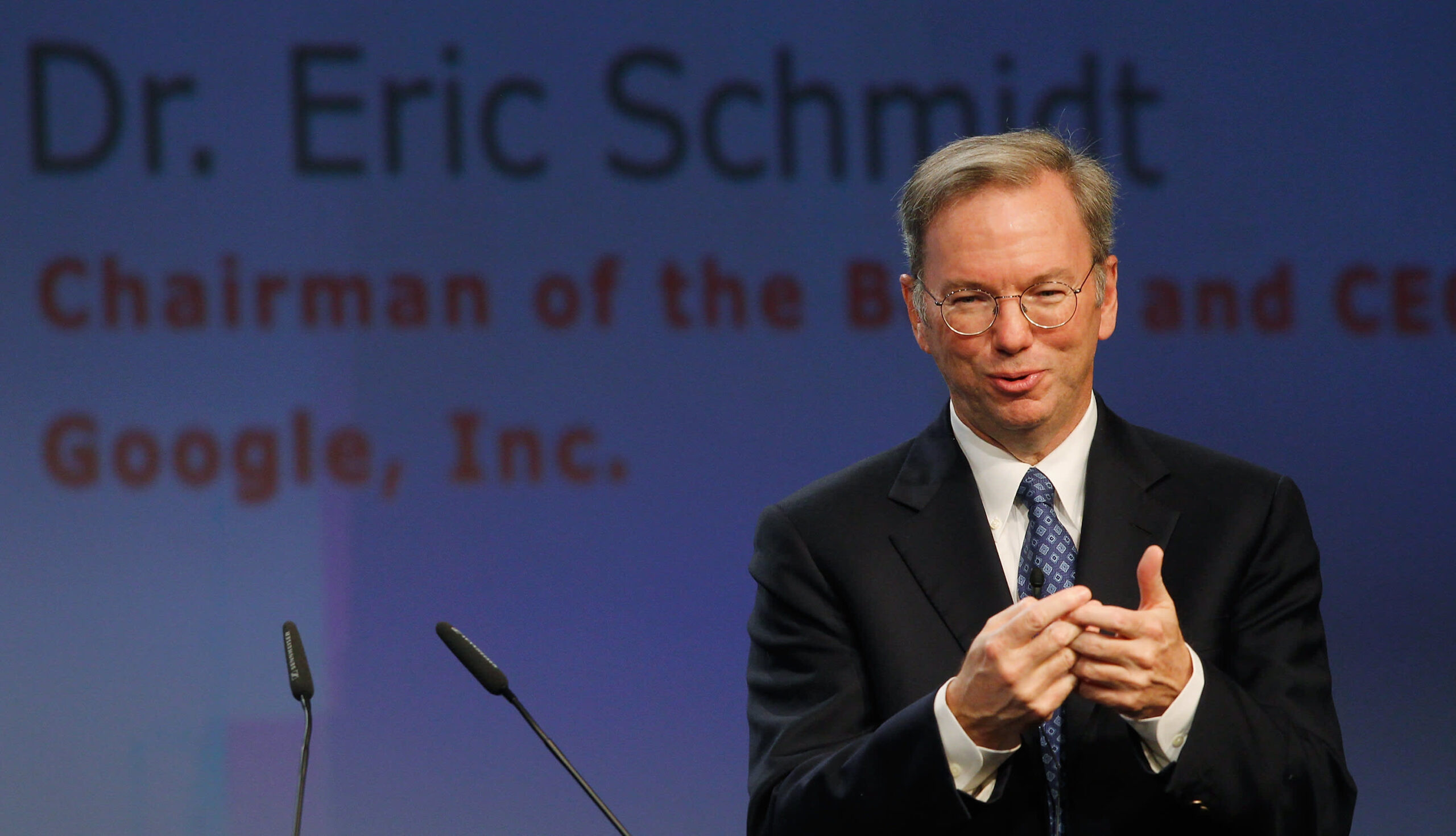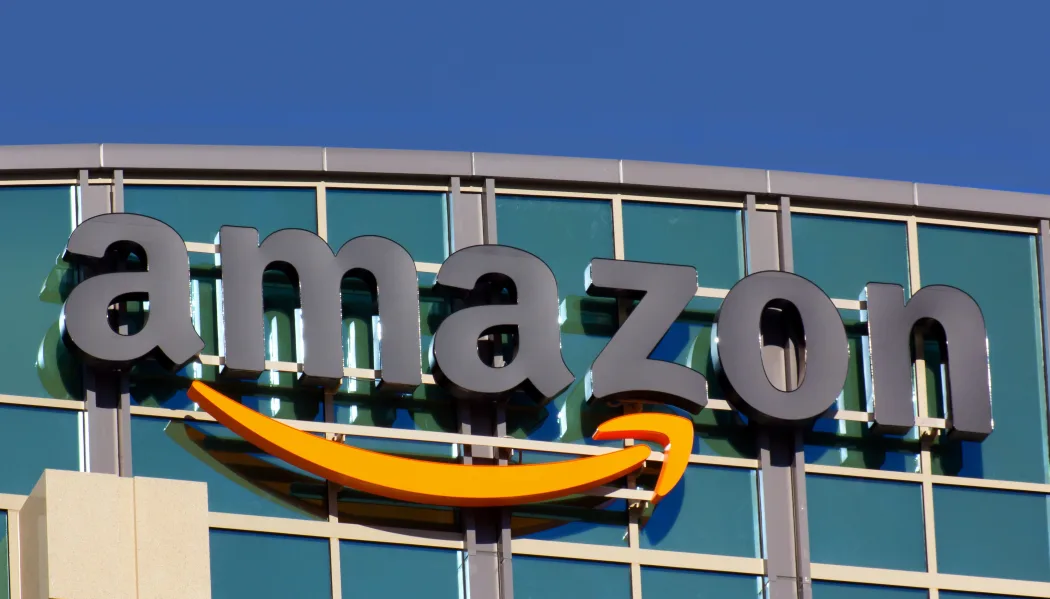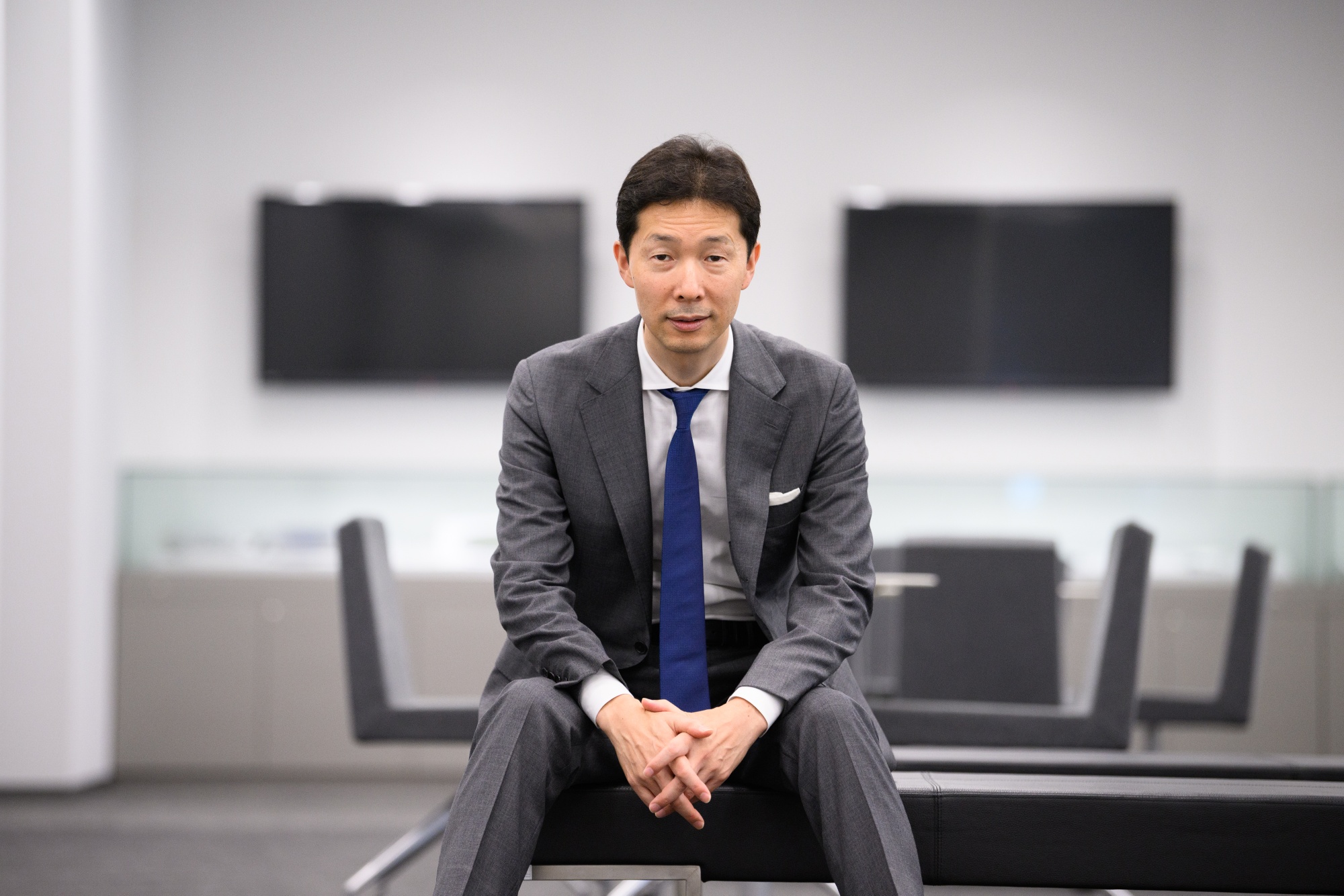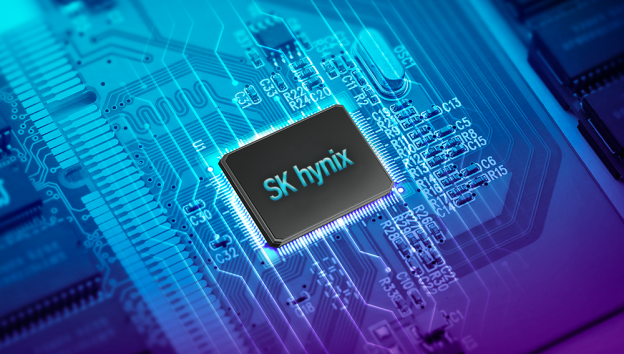The Success Story of Google’s Eric Schmidt
Eric Schmidt was born on April 27, 1955, in Washington, D.C. He grew up in Blacksburg, Virginia, where his father was a professor of international economics at Virginia Tech. Schmidt’s early exposure to academia laid the groundwork for his future pursuits. He attended Yorktown High School in Arlington, Virginia, and went on to earn a bachelor’s degree in electrical engineering from Princeton University in 1976. Schmidt’s academic journey didn’t stop there; he later received a master’s degree and a Ph.D. in computer science from the University of California, Berkeley.
Early Career

Image Source: cnbc.com
Schmidt’s professional career began at Bell Labs, where he worked on network management software. His expertise in computer science and engineering quickly became evident, leading him to various roles in prominent tech companies. He joined Xerox’s Palo Alto Research Center (PARC) and later moved to Sun Microsystems in 1983, where he played a pivotal role in developing the Java programming language. His time at Sun Microsystems marked the beginning of his rise in the tech industry.
Rise to Prominence at Novell
In 1997, Schmidt took on the role of CEO at Novell, a software and services company specializing in network operating systems. His tenure at Novell was challenging, as he sought to revitalize the company amid stiff competition and market changes. Although his efforts were met with mixed results, Schmidt gained valuable experience in corporate leadership and strategic management, setting the stage for his next significant career move.
Transformative Leadership at Google
In 2001, Schmidt’s career took a transformative turn when he joined Google as CEO. Co-founders Larry Page and Sergey Brin recognized his experience and leadership qualities, appointing him to lead the company through its rapid growth phase. Schmidt’s tenure at Google was marked by his focus on innovation, organizational efficiency, and strategic acquisitions. Under his leadership, Google expanded its product offerings beyond search, launching services like Google Maps, Gmail, and Google Chrome.
Schmidt’s approach to management, often described as a “triumvirate” leadership style with Page and Brin, fostered a culture of creativity and collaboration. He played a crucial role in Google’s initial public offering (IPO) in 2004, which solidified the company’s financial foundation and market presence.
Also Read: The Success Story of BMW’s Stefan Quandt
Executive Chairman and Legacy
In 2011, Schmidt transitioned from CEO to Executive Chairman of Google, allowing him to focus on broader strategic initiatives and external partnerships. During this period, he was instrumental in guiding the company’s ventures into artificial intelligence, cloud computing, and autonomous vehicles. Schmidt’s influence extended beyond Google, as he became a prominent advocate for technology policy and innovation on a global scale.
Schmidt stepped down as Executive Chairman in 2018 but continued to serve as a technical advisor to Alphabet Inc., Google’s parent company. His legacy at Google is defined by his visionary leadership, commitment to technological advancement, and ability to navigate the complexities of a rapidly evolving industry.
Eric Schmidt’s biography is a testament to the impact that visionary leadership can have on the tech industry. From his early days at Bell Labs to his transformative role at Google, Schmidt’s career is marked by innovation, strategic foresight, and a dedication to advancing technology for the betterment of society. His journey serves as an inspiration to aspiring leaders and technologists worldwide.

I am a law graduate from NLU Lucknow. I have a flair for creative writing and hence in my free time work as a freelance content writer.







